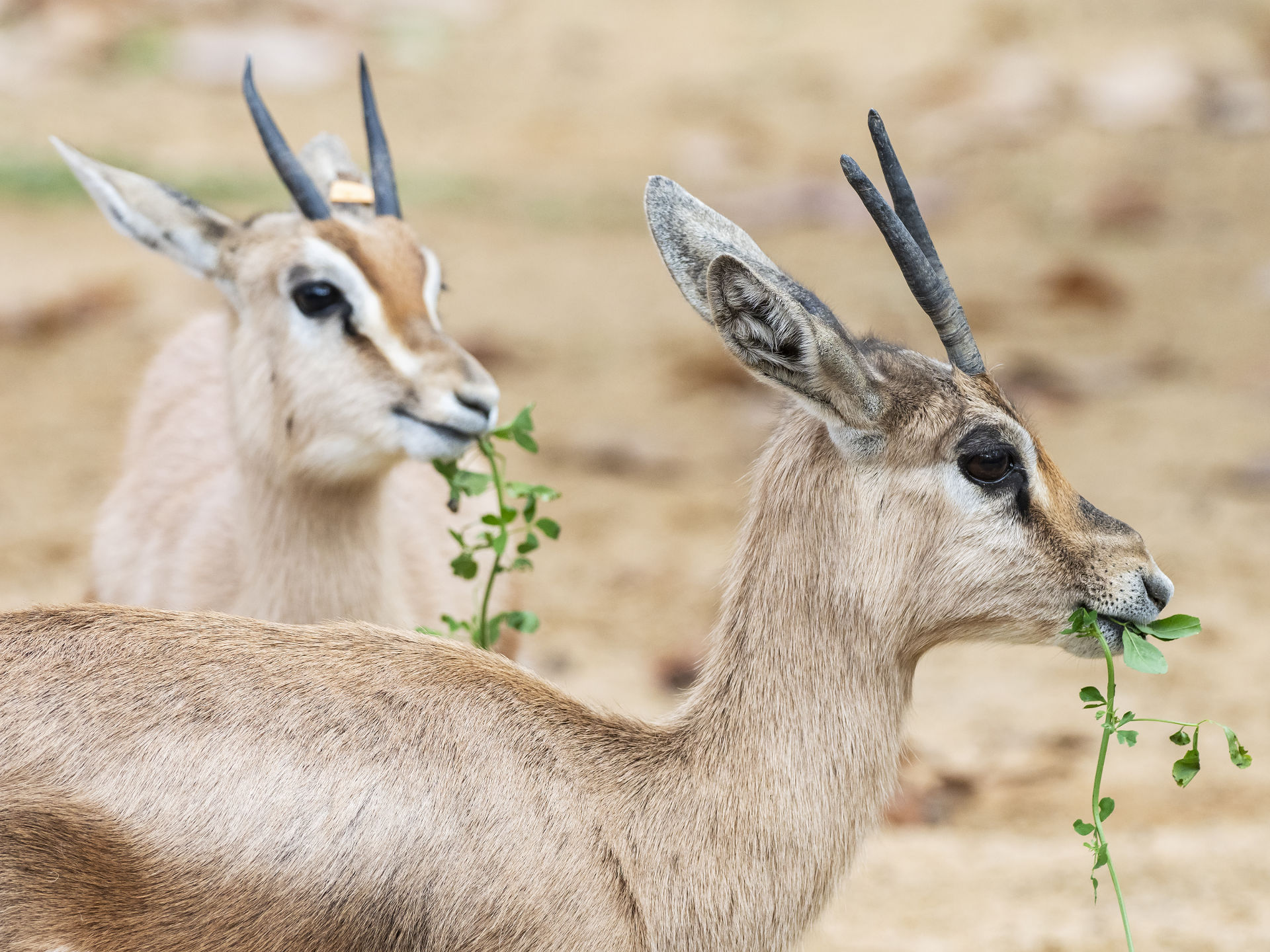The West African Chimpanzee, Pan troglodytes verus, is the second-most endangered subspecies of chimpanzee. In Ivory Coast, its numbers declined by 90% between 1990 and 2007 due to the destruction of its habitat for farming and poaching.
While forest populations of P.t. verus have been studied for decades, the western savannah chimpanzees are much less well-known. The savannah chimpanzees of the Comoé National Park, one of the largest in the world at over 11,500 km2, have never been studied, although their presence was known and confirmed in general censuses conducted over the decades. During the political-military crisis of 2002 to 2011, commercial hunting severely decimated the park's populations of large mammals. All recent censuses of the park conducted by the Office Ivorienne de Parcs et Reserves with the support of the Wild Chimpanzee Foundation were unable to detect the presence of chimpanzees, having assumed after the last census conducted by plane that the population was practically extinct.
To ascertain the true status of these primates and study the feasibility of a long-term research and conservation project, the researcher, who had studied three groups of chimpanzees at the Tai National Park for 15 months for the Max Plank Institute, submitted a preliminary project to the University of Würzburg that included a permanent research station at the Comoé National Park (RSC). Between November 2014 and May 2015, the researcher installed 20 camera traps in a 900-km2 study area around the RSC, rediscovering a population that was not only in good health (1,715 nests located and 266 video recordings of chimpanzees), but which comprised at least five groups living in an excellently preserved habitat. This population is probably the second largest in Ivory Coast after the one at the Tai National Park and probably the only one of savannah chimpanzees in the country with possible long-term conservation, thanks to living in a relatively well-protected national park. The researcher has also studied a wide range of behaviour, including the use of tools unknown to us until now.
The project, which already received financial assistance from the Snowflake Grant in 2015, has set these concrete objectives for the present phase two:
- Start the process to habituate the chimpanzee group named Aqueos
- Study the ecology, behaviour, use of habitat and territory of at least four groups surrounding the research station
- Go into greater depth on the involvement of local communities, by training and hiring local residents as research assistants
- Continue working with the local authorities (OIPR) to improve the conservation conditions of the chimpanzees and their habitat and guarantee the long-term future of the project



